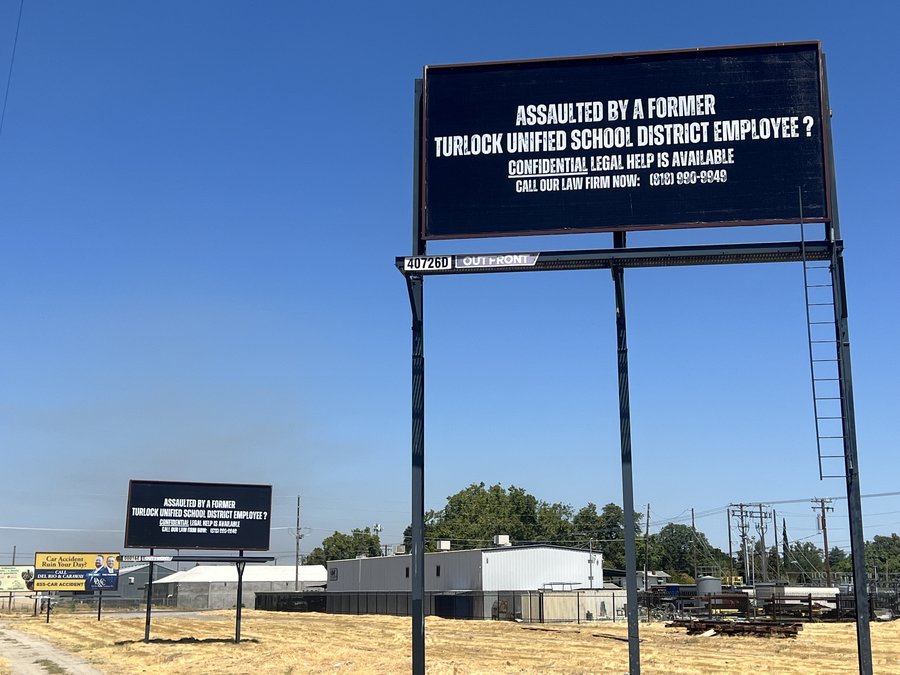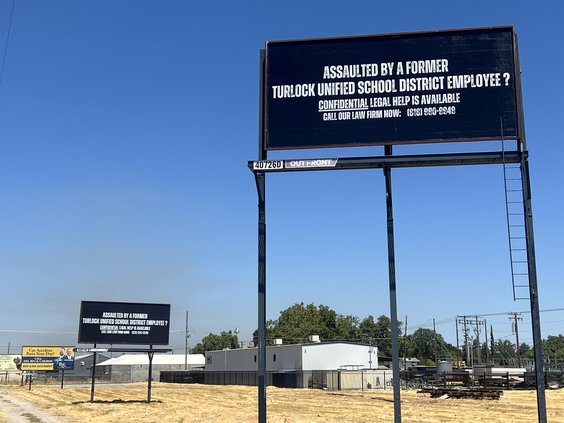YOSEMITE NATIONAL PARK (AP) — The wildfire burning in and around Yosemite National Park has become the fourth-largest conflagration in modern California history, fire officials said Sunday as clouds and higher humidity helped crews further contain the biggest blaze in the United States this year.
The 2-week-old Rim Fire moved up a spot on the state's list of large wildfires dating back to 1932 when it grew to 351 square miles — an area larger than the cities of San Francisco, Oakland and San Jose combined, California Department of Forestry and Fire Protection spokesman Daniel Berlant said.
The blaze has now burned about 369 square miles.
Although the fire still is growing, it was 75 percent contained as of Tuesday.
Moister air slowed flames from advancing through brush and trees, giving firefighters room to set backfires, dig containment lines and to strengthen lines around threatened communities, fire spokesman Trevor Augustino.
He said it also helped that more than 4600 firefighters were brought in to battle the flames.
"We're going in the right direction," Augustino said.
Full containment of the fire is not expected until Sept. 20.
Firefighters added a California National Guard Predator drone to their arsenal last week to give them almost immediate views of any portion of the flames chewing through rugged forests in and around Yosemite National Park.
The MQ-1 unmanned aircraft being remotely piloted hundreds of miles away quickly alerted fire bosses to a new flare-up they otherwise wouldn't have immediately seen.
"They're piping what they're seeing directly to the incident commander, and he's seeing it in real time over a computer network," said National Guard Lt. Col. Tom Keegan.
Previously, ground commanders relied on helicopters that needed to refuel every two hours.
While unmanned aircraft have mapped past fires, use of the Predator will be the longest sustained mission by a drone in California to broadcast information to firefighters in real time.
The plane, the size of a small Cessna, will remain over the burn zone for up to 22 hours at a time, allowingfire commanders to monitor fire activity, determine the fire's direction of movement, the extent of containment and confirm new fires ignited by lightning or flying embers.
The drone is being flown by the 163rd Wing of the California National Guard at March Air Reserve Base in Riverside and is operating from Victorville Airport, both in Southern California. It generally flew over unpopulated areas on its 300-mile flight to the Rim Fire. Outside the fire area, it will be escorted by a manned aircraft.
Officials were careful to point out the images are being used only to aid in the effort to contain the fire.
In 2009 a NASA Predator equipped with an infrared imaging sensor helped the U.S. Forest Service assess damage from a fire in Angeles National Forest. In 2008, a drone capable of detecting hot spots helped firefighters assess movement of a series of wildfires stretching from Southern California's Lake Arrowhead to San Diego.
The Sierra Nevada blaze started Aug. 17 in the Stanislaus National Forest and two-thirds of the land burned since then is located there as well. In Yosemite, 94 square miles have burned. The cause remains under investigation.
Meanwhile, the dense smoke that obscured Yosemite's majestic views for the first time on Saturday and prompted air quality warnings was starting to ease, park spokeswoman Kari Cobb said.
Although park officials advised visitors to avoid heavy exertion, Cobb said she has seen people outside running "and enjoying Yosemite, despite the smoke."
"The park was actually busier than I thought it would be," she said.
A 427-square-mile fire in San Diego County that killed 14 people and destroyed more than 2,800 structures a decade ago tops the list of California's largest wildfires.
The Rim Fire has claimed 111 structures, 11 of them homes.









